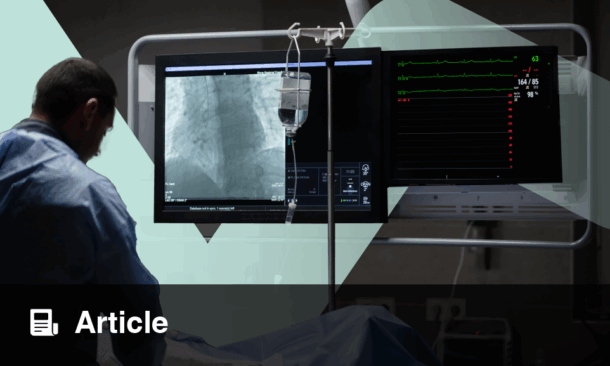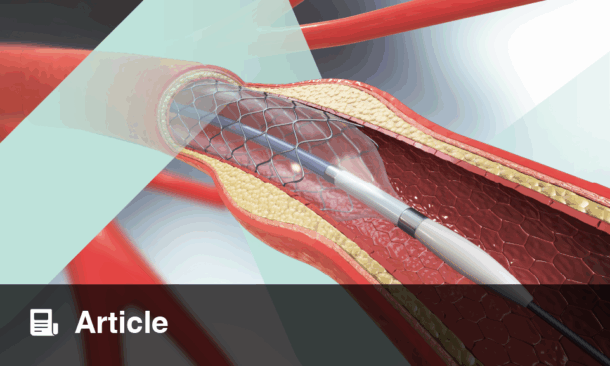Performing transcatheter aortic valve implantation (TAVI) at hospitals with a cardiology, but no cardiac surgery (CS), department on-site is at great odds with current guidelines. In some German hospitals without CS on-site, TAVI is performed by interdisciplinary heart teams comprising in-house cardiologists and external visiting CS teams from collaborative hospitals.
We analysed the 2013 and 2014 datasets on transfemoral TAVI from the prospective German Aortic Valve Replacement Quality Assurance Registry (AQUA). Participation is compulsory for all hospitals and is linked to reimbursement for the procedure ensuring accurate reporting of all TAVI and surgical aortic valve replacement cases performed in Germany. Overall 97 hospitals performed TAVIs, with 22 having no CS department on-site. In all hospitals a heart team was available, made up of either internal staff physicians or internal cardiologists, and external visiting cardiac surgical teams.
Of 17,919 patients (81.2±6.1 years, 55% female, logEuroSCORE 21.1±15.4%) undergoing transfemoral TAVI in 2013 and 2014, 1,332 (7.4%) were treated at hospitals without a CS department on-site. Patients in hospitals without CS were older, with higher New York Heart Association (NYHA) symptom Class and a greater prevalence of coronary artery disease, peripheral vascular disease, and previous neurological events, and thus had higher predicted peri-procedural death risk (as per logEuroSCORE). Reasons for selecting TAVI over conventional surgery were similar in the two groups. Overall, complications were similar in both groups including rates of stroke (2.6% versus 2.3%, p=0.452) and in-hospital mortality (3.8% versus 4.2%, p=0.396). Analysis of age, sex, and German Aortic Valve risk-score matched patients (n=1,110) confirmed similar complication and death rates (1.8% non-CS versus 2.9% CS hospitals, p=0.234) in the two groups.
These data show that the heart team approach at non-CS sites results in appropriate patient selection and similar outcomes compared with CS hospitals, suggesting the feasibility and safety of a heart team-based TAVI at non-CS sites. These findings need confirmation in future randomised studies. Until then, the lack of CS department on-site should not be regarded as a contraindication for TAVI.








